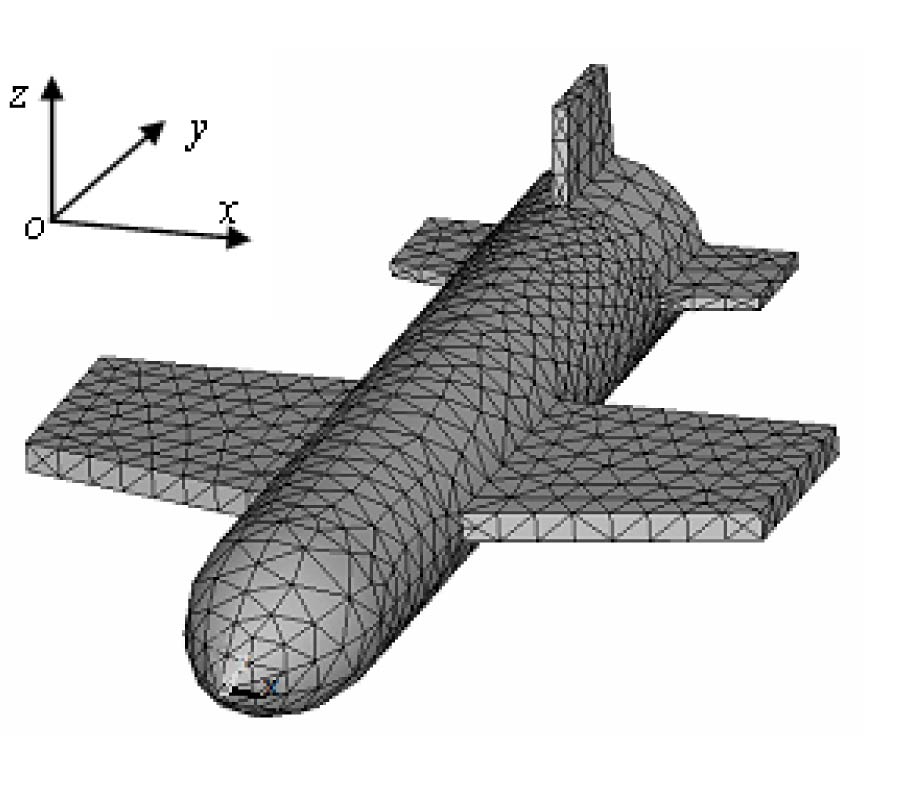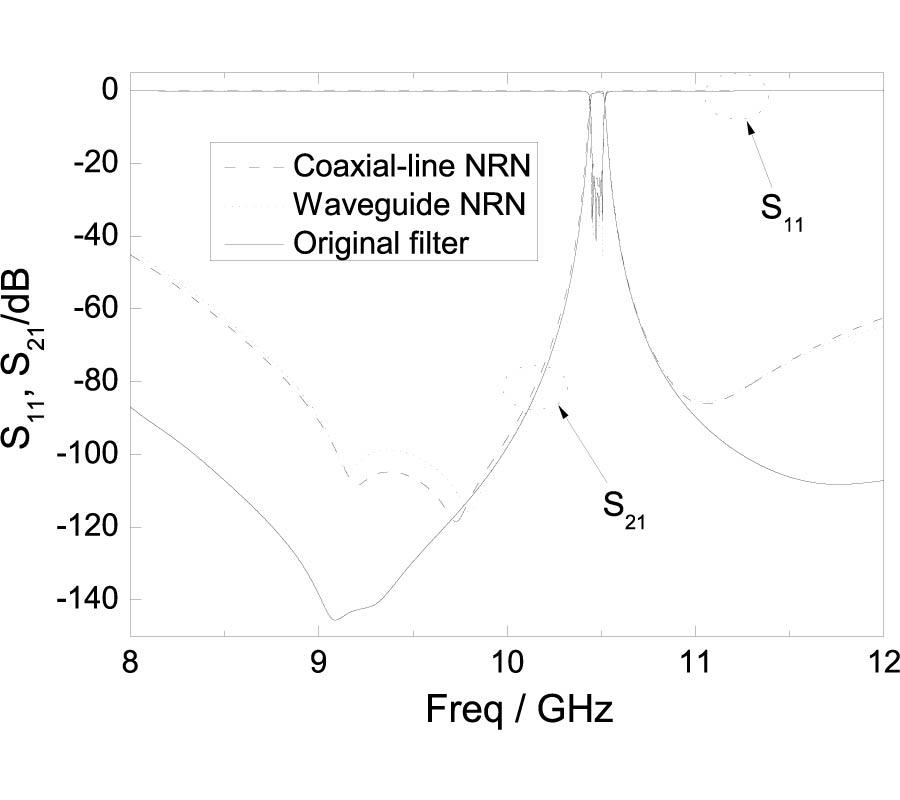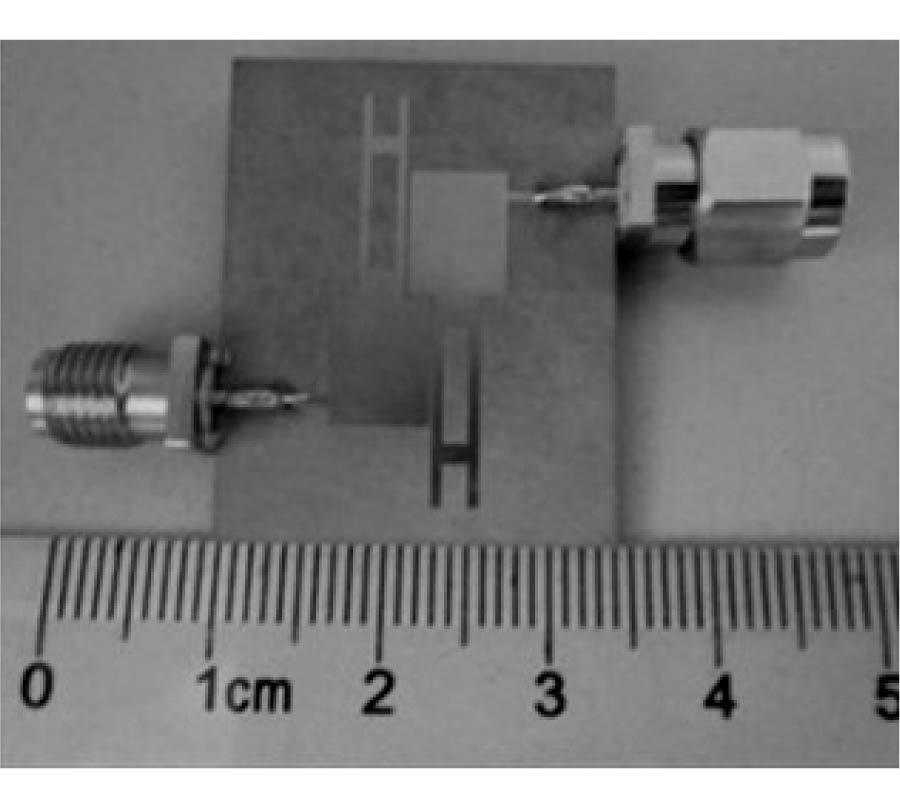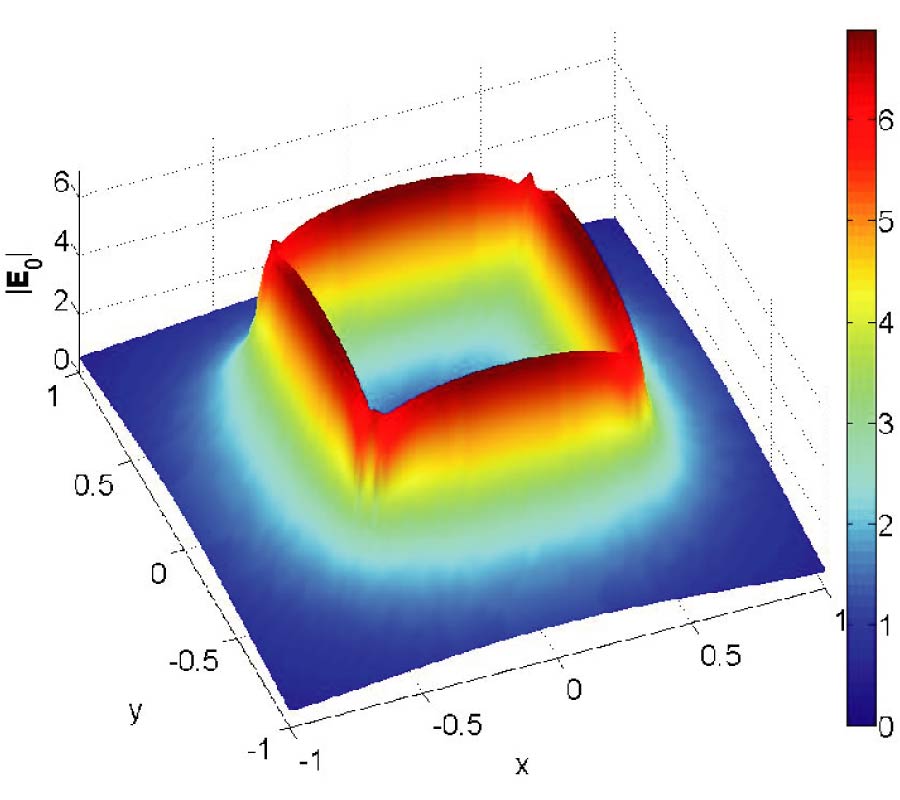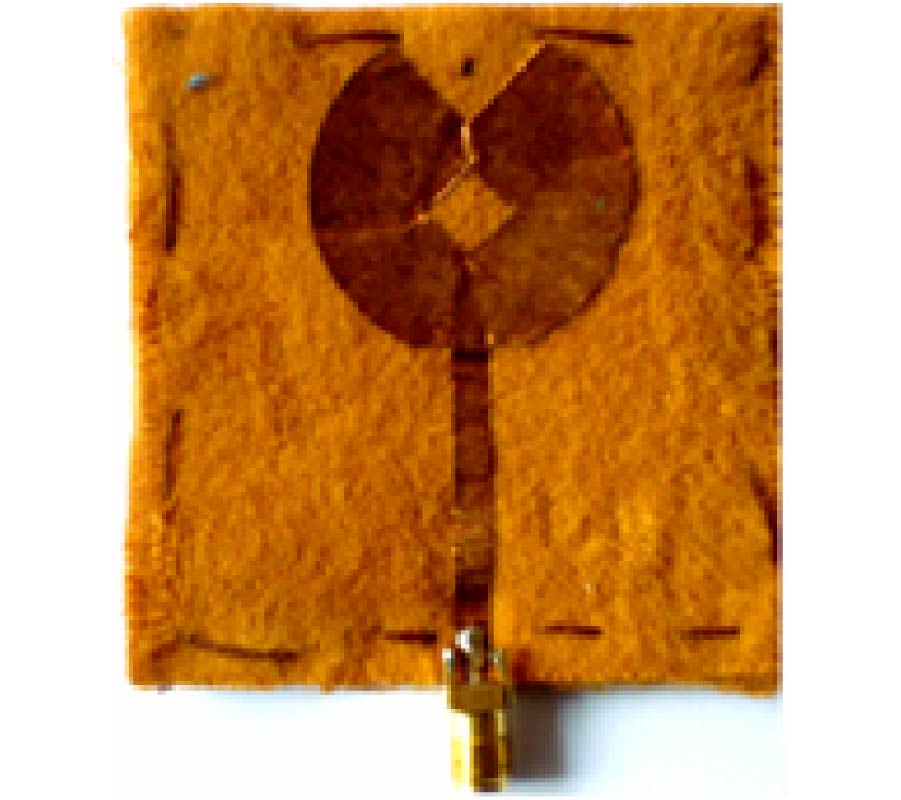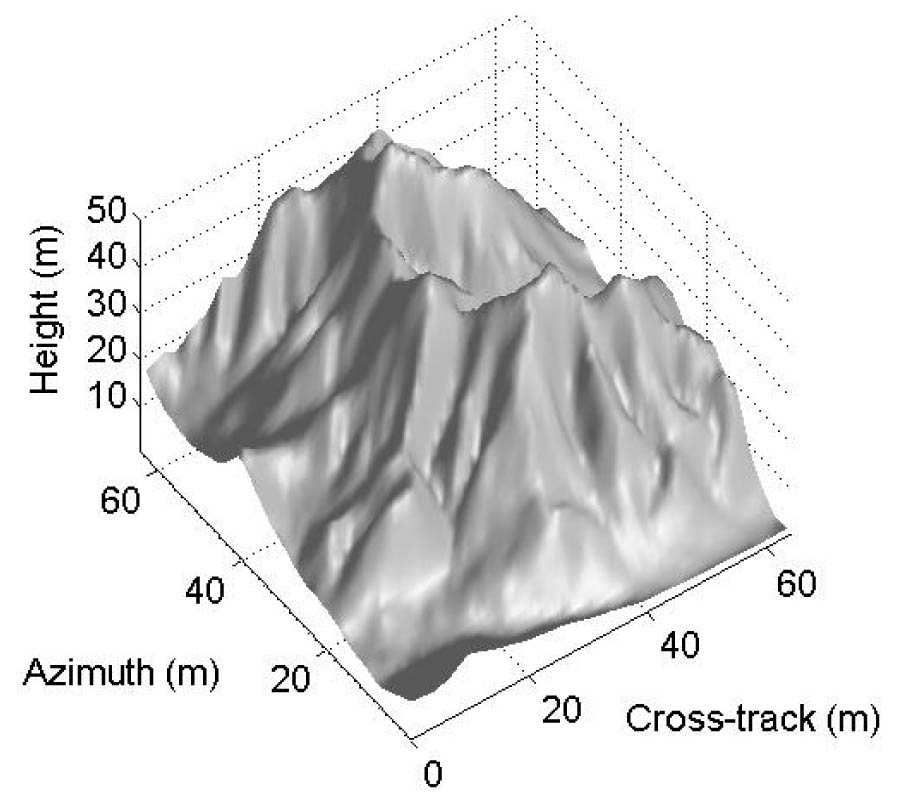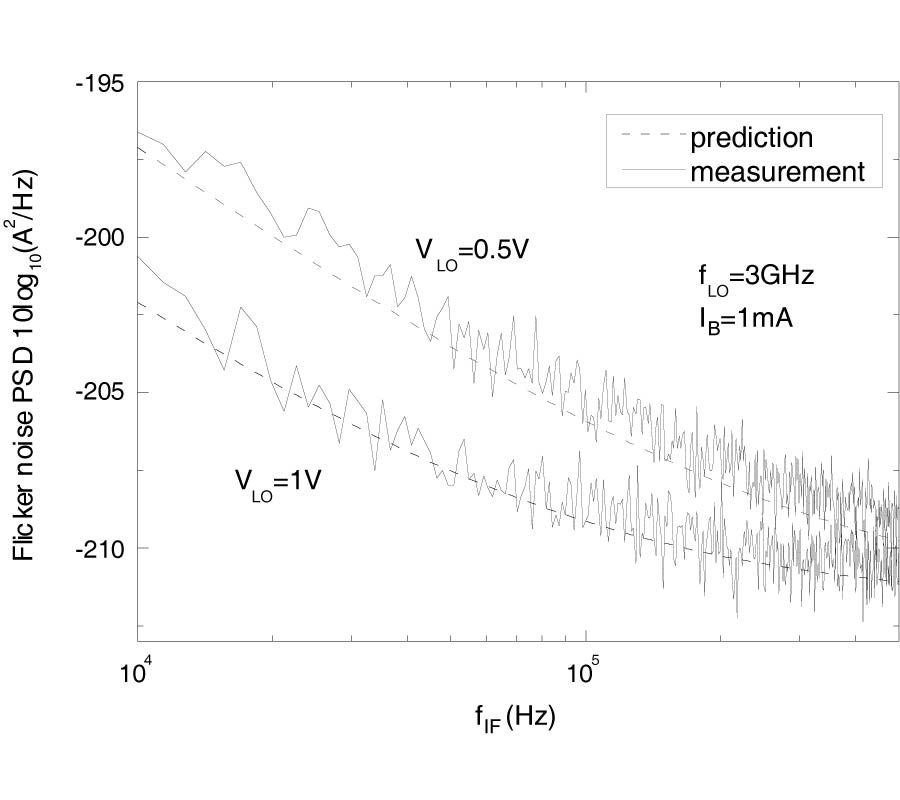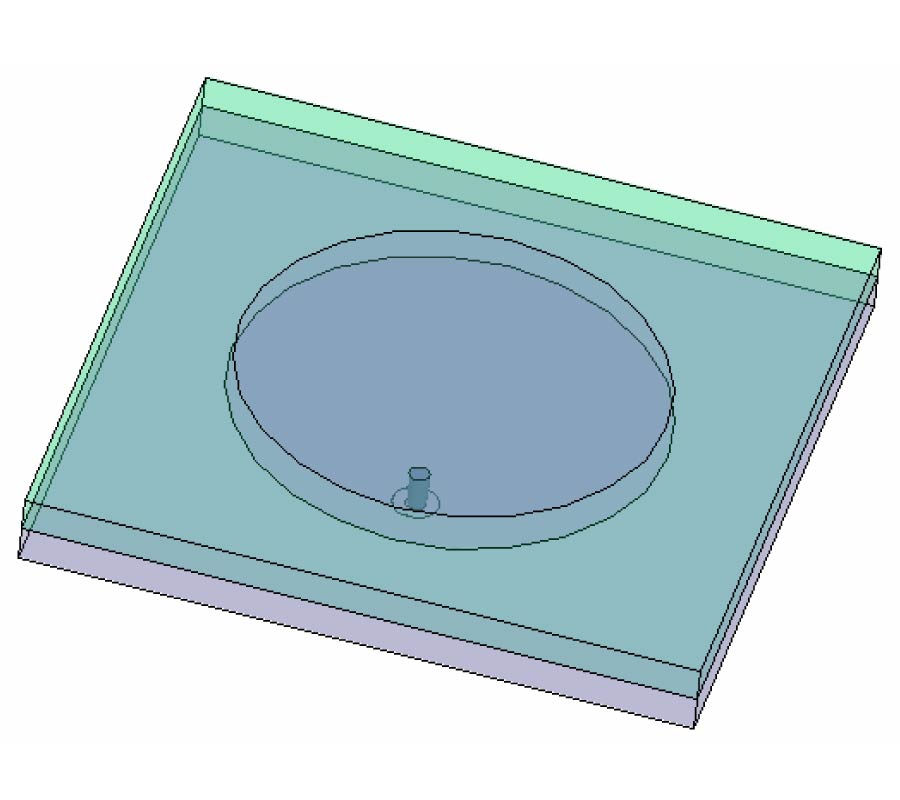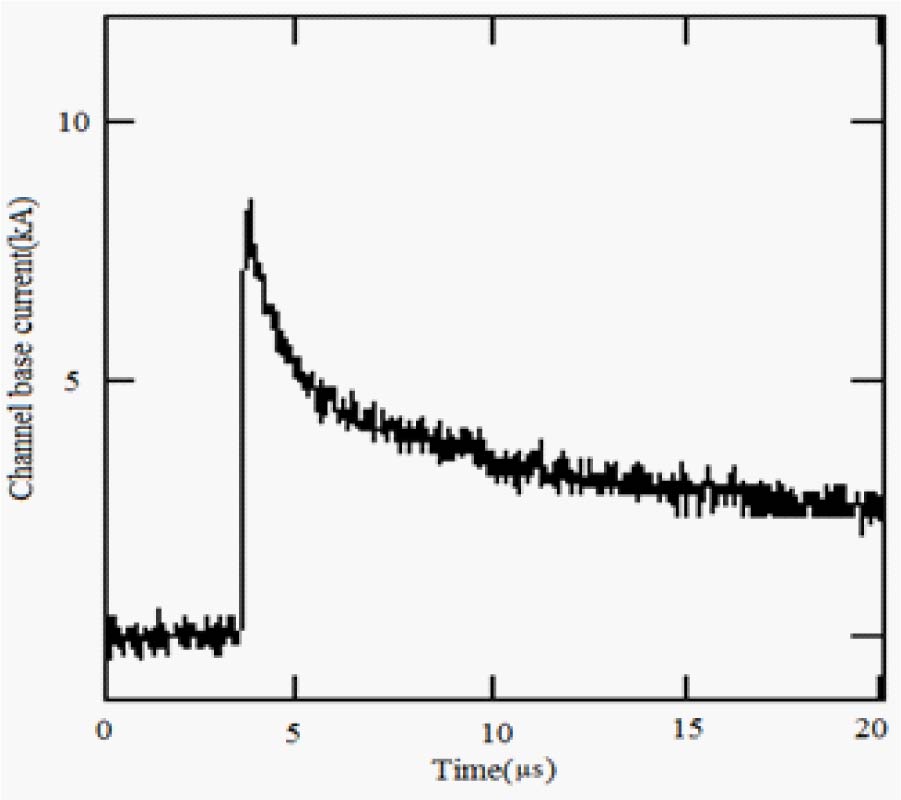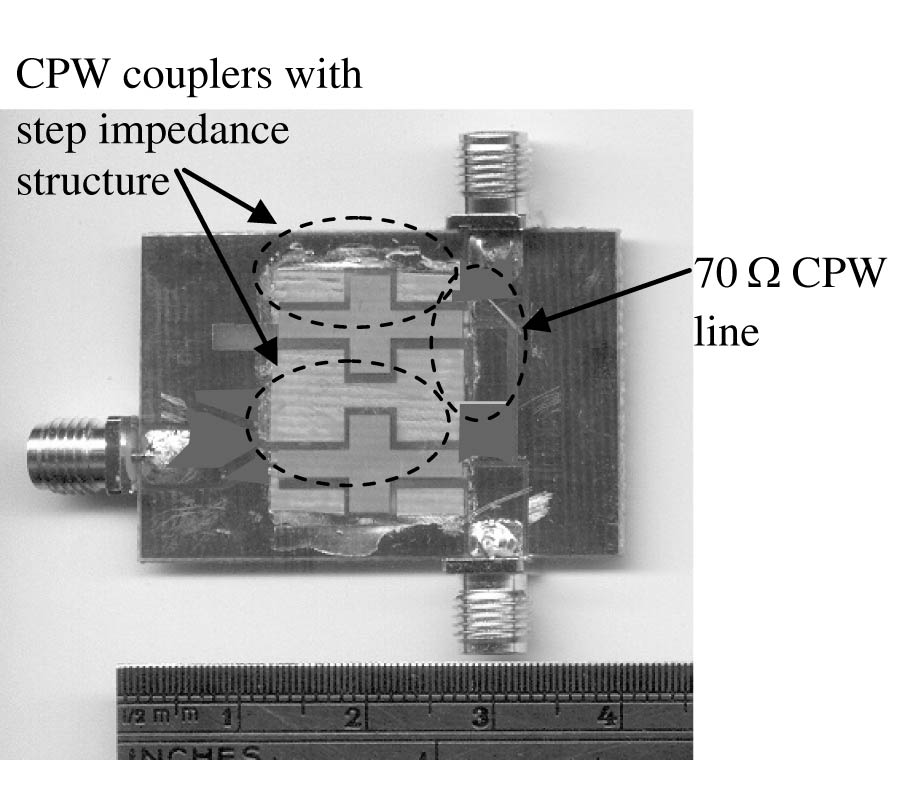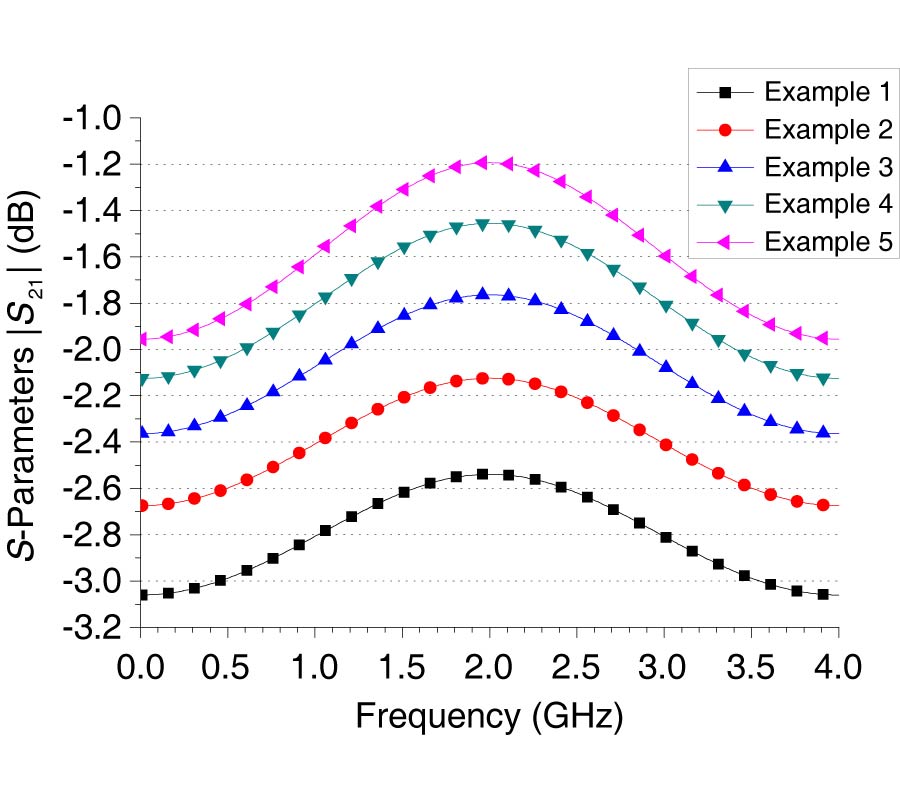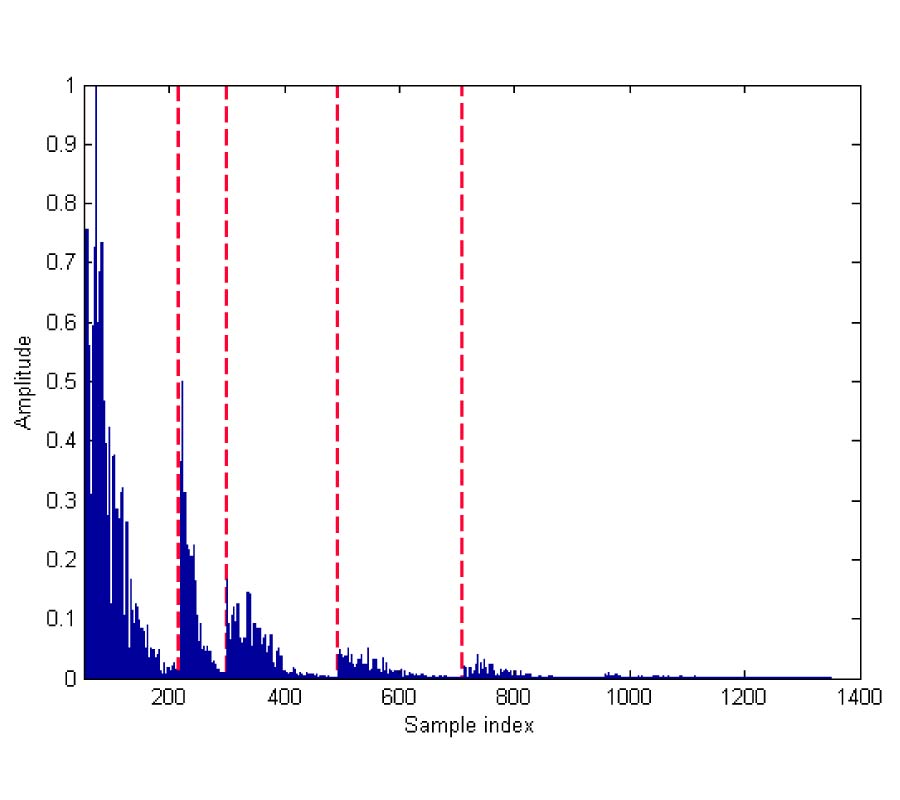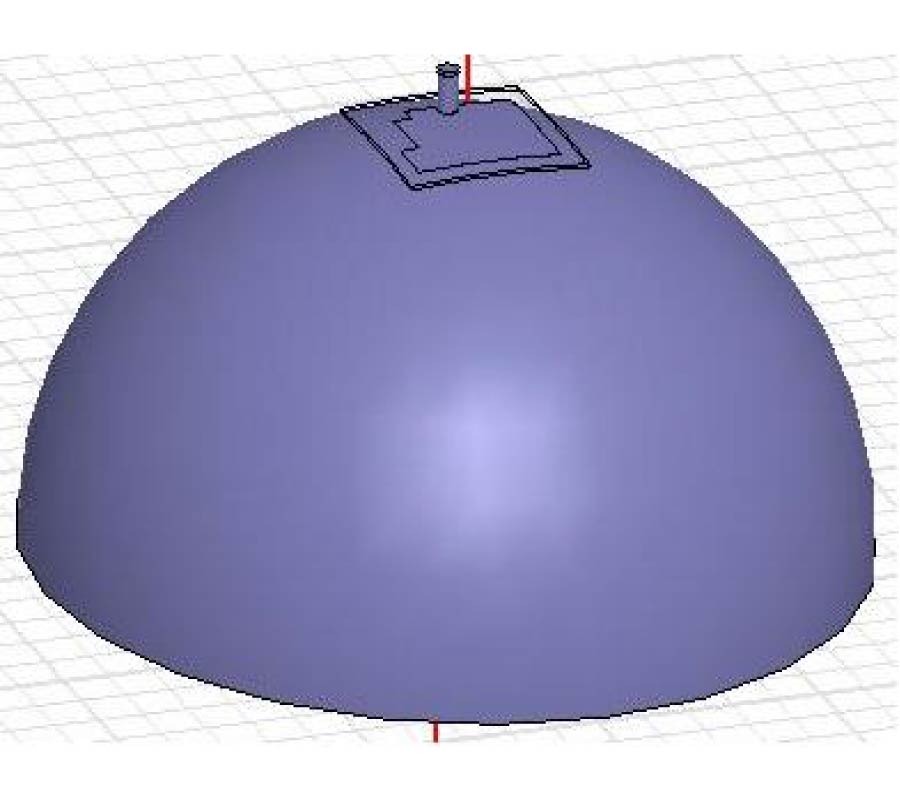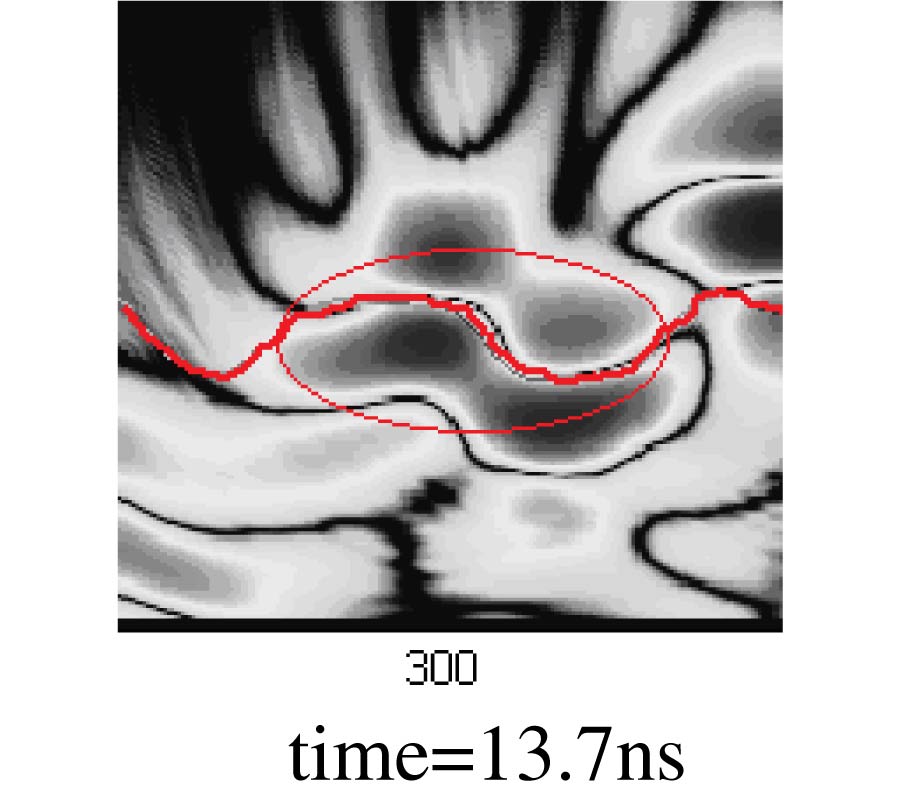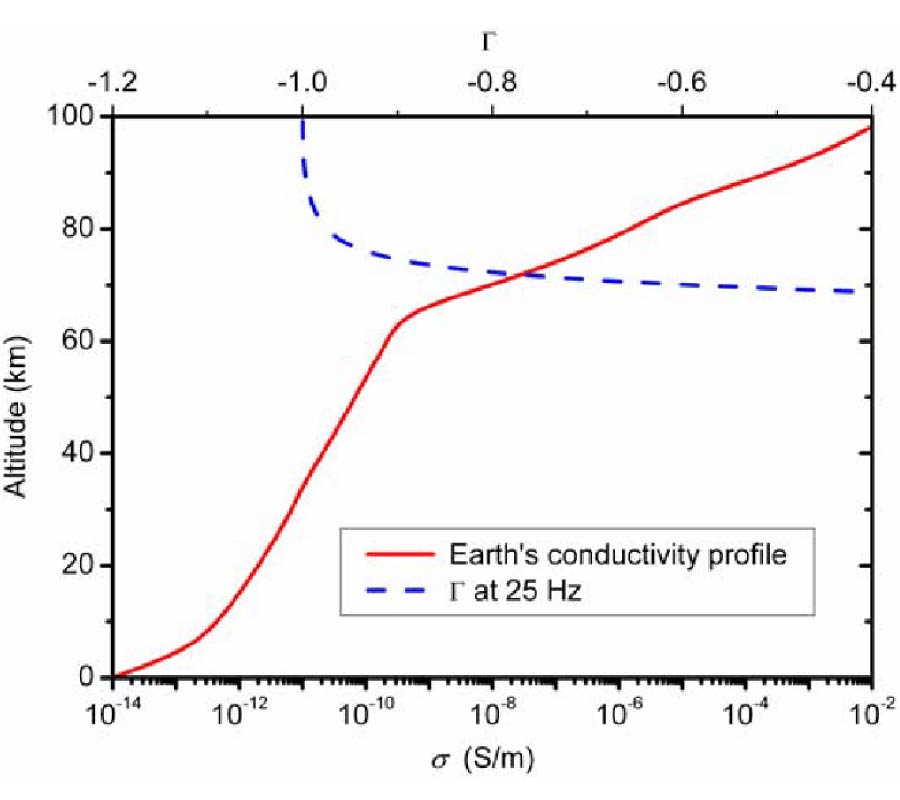A Late-Time Analysis Procedure for Extracting Weak Resonances. Application to the Schumann Resonances Obtained with the TLM Method
Juan Antonio Morente,
Enrique A. Navarro,
Jorge Andres Porti,
Alfonso Salinas,
Juan A. Morente-Molinera,
Sergio Toledo-Redondo,
Williams J. O'Connor,
Bruno P. Besser,
Herbert I. M. Lichtenegger,
Jesús F. Fornieles and
Antonio Méndez
The sequence of Schumann resonances is unique for each celestial body with an ionosphere, since these resonances are determined by the dimensions of the planet/satellite and the corresponding atmospheric conductivity profile. Detecting these frequencies in an atmosphere is a clear proof of electrical activity, since it implies the existence of an electromagnetic energy source, which is essential for their creation and maintenance. In this paper, an analysis procedure for extracting weak resonances from the responses of electromagnetic systems excited by electric discharges is shown. The procedure, based on analysis of the late-time system response, is first checked using an analytical function and later applied to the vertical electric field generated by the computational simulation of Earth's atmosphere using the TLM (Transmission Line Matrix) method in order to extract the weak Schumann resonances contained in this electric field component.



